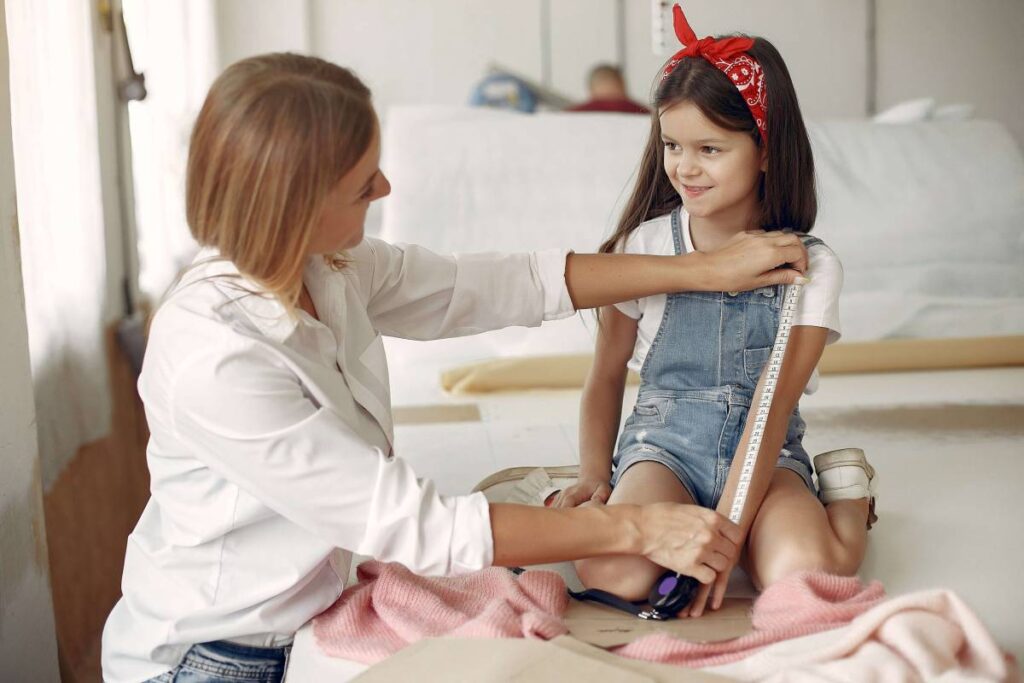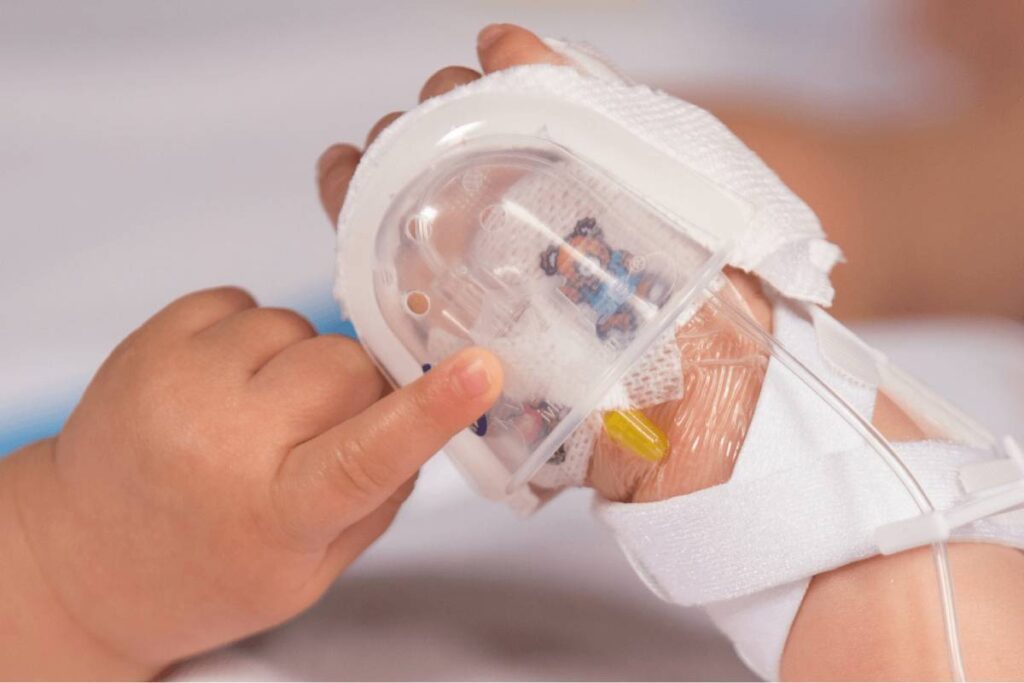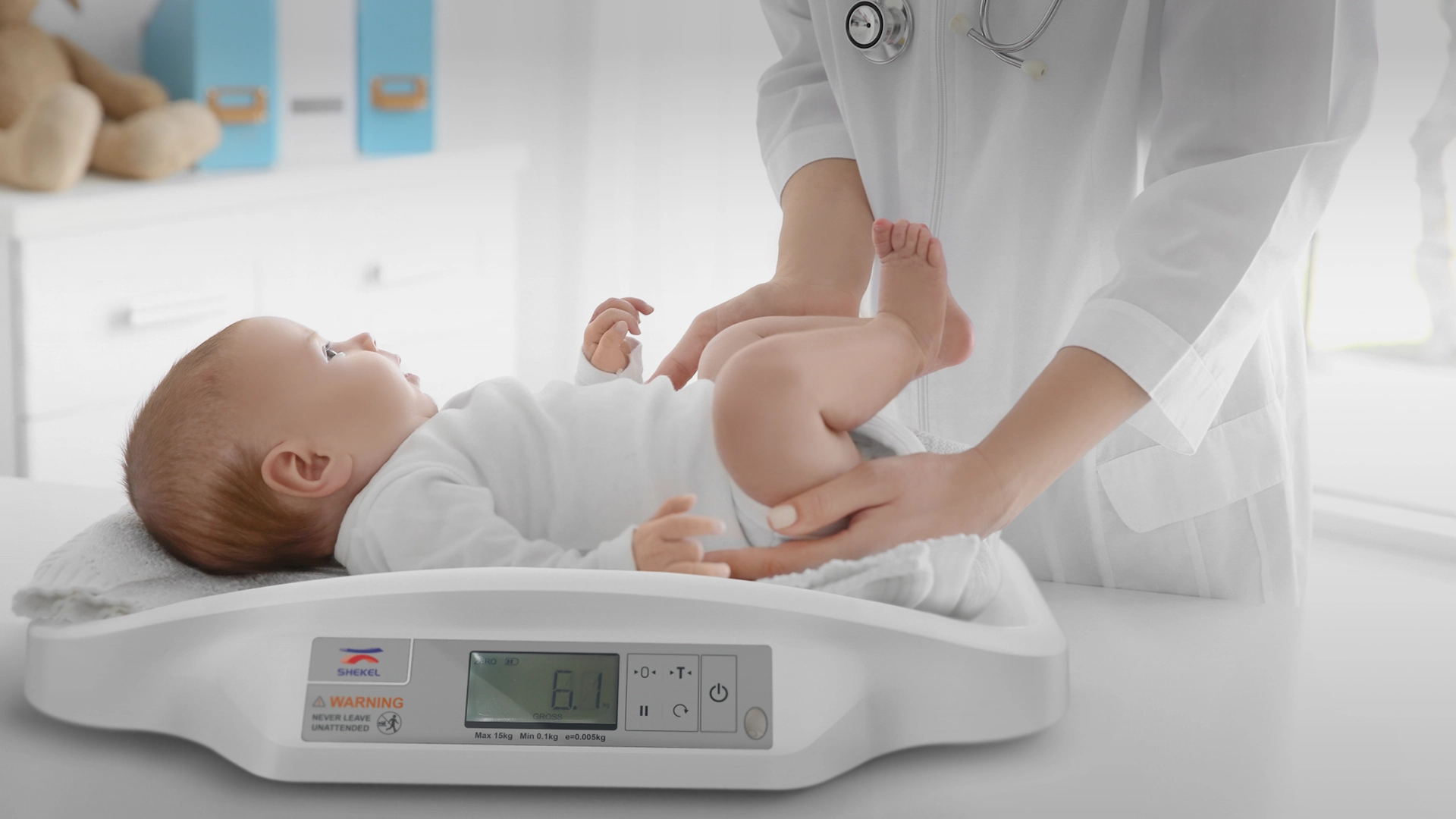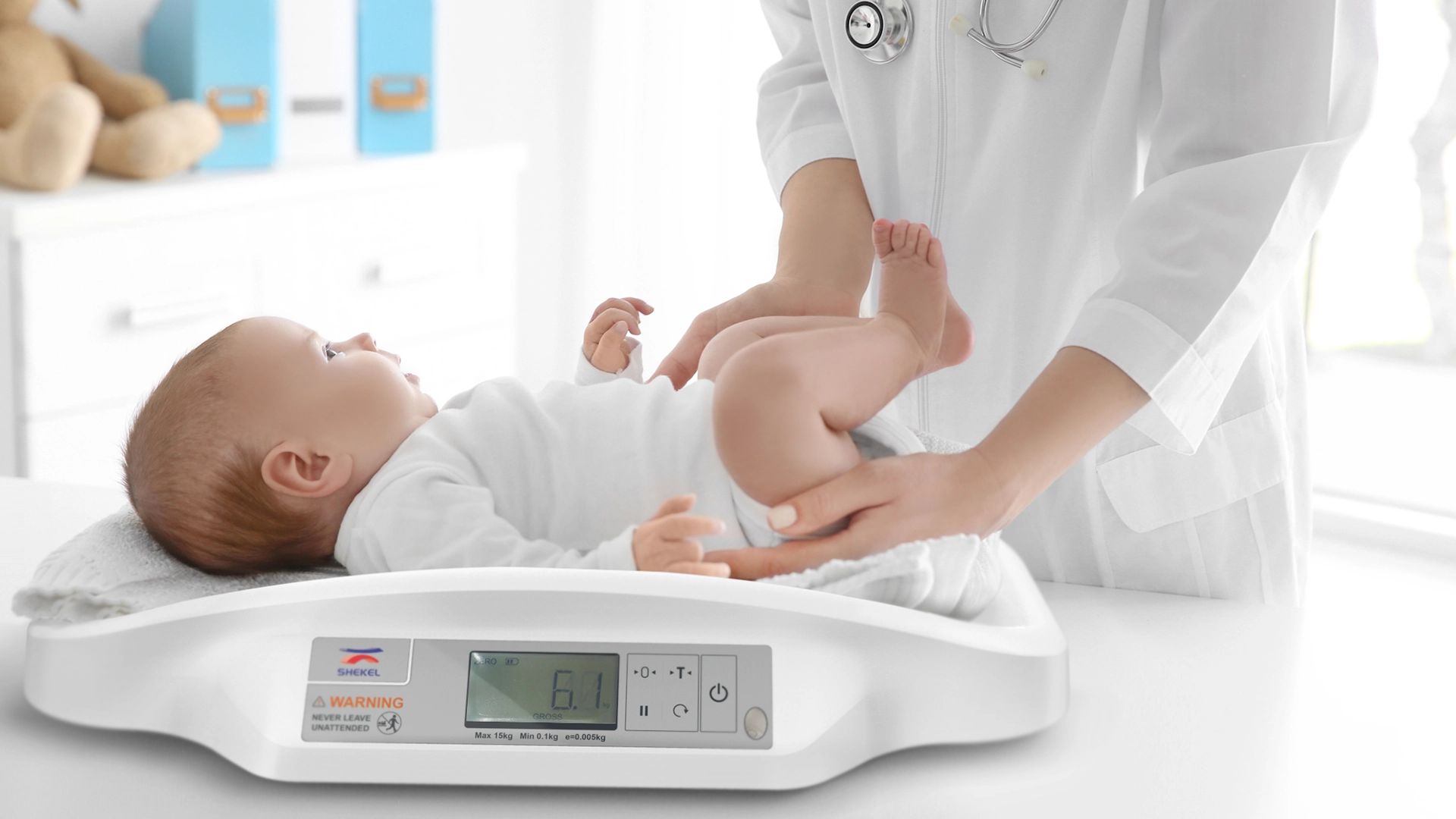Children’s experiences with medical procedures go beyond the physical. Unfamiliar environments, procedures, and tools can all be intimidating and anxiety-inducing. Medical devices are typically designed for adults, sometimes scaled down for children, which can increase stress.
Designing pediatric medical devices not only means scaling down adult-sized devices, but also understanding the unique physiological, and emotional needs of young patients. Through thoughtful, user-centered design, manufacturers can create devices that are safe, effective, and comfortable for children.
Below we propose some essential considerations that should guide the development of pediatric medical devices.
Designing for Growing Bodies: Key Considerations
Children, unlike adults, are constantly growing and developing, which makes designing for their needs a complex task, as they are constantly evolving. We cannot forget that, unlike adults, physiological processes and the size of their organs and bodies are still being defined and constantly changing.
Therefore, here are some key points for correct design:
• Precise dimensions and adjustability: medical devices must have features that adapt to their growth over time.
• Modular designs: Think modular devices that can be adjusted or updated as a child grows, avoiding the need for replacement.
• Materials focused on comfort: it is necessary to be more careful in using materials that are gentle on the skin, which is more delicate. Materials must also be durable, to keep up with the child’s growth
• Age-specific functionality: avoid an approximate approach by creating unique devices for all pediatric age groups.
A medical device specific to pediatric needs can improve both safety and effectiveness, reducing the risk of improper use or discomfort.

Making Medical Devices Intuitive: Simplicity as main successful key for Patients and Caregivers
The design of new medical devices should aim to simplify the healthcare experience, as well as improve its performance and treatment effects. This is especially important for pediatric patients, where a reassuring and playful aspect is also added.
For an easy and effective device we must take into account:
• Intuitive designs: therefore design intuitive interfaces and clear instructions for a linear and uncomplicated workflow.
• Collaboration with caregivers: to achieve this goal, it is useful to involve parents and caregivers during the design process. This helps to identify the weak points of the product and prioritize usability.
• Engaging images and elements: to avoid that medical devices can have an intimidating look it is useful to work with bright colors, playful shapes and interactive features can make the device more similar to a game.
Making devices easy and inviting increases engagement with the product: for caregivers by simplifying their use while for young patients by eliminating the stress component.
Ensuring Safety in Pediatric Device Design
Pediatric patients are by nature more vulnerable. Both physically and mentally to the negative effects of medical devices. We have already seen some tips on how to reduce them, but above all we must always consider safety. Safety must be the cornerstone of every pediatric device.
• Biocompatible materials: the selection of materials must be rigorous and oriented to choose those tested for pediatric use.
• Extensive testing: it is essential to simulate real-world use scenarios. This helps to identify and mitigate risk situations before the device is released on the market.
• Resilience of design: Think of devices that are durable and resistant to wear. Especially for devices that children who may use them during active play.
Prioritizing safety is fundamental to create trust between healthcare professionals and children, ensuring that the device is performing and not harmful to children’s care.

Create a Calming Experience for Young Patients
We’ve already talked about how scary hospital environments can be for kids, but the right design can help reduce anxiety. Devices that promote comfort and calm have a positive influence on their experience and use.
To achieve this, you need to have:
• Relaxing aesthetics: Use soft colors and soft designs to make devices seem less aggressive and more inviting.
• Distraction tools: Adding interactive elements or playful features that aren’t strictly performance-related can engage and focus kids on something positive.• Child development insights: Building partnerships with specialists in the area of children is crucial. This leads to considering elements that meet kids’ emotional needs.
When a medical device helps kids feel more comfortable, it amplifies the benefits of its treatments and medical care.

Why Thoughtful Pediatric Design Matters
Designing medical devices for children is not just about finding the best functionality, it is about creating tools that inspire confidence, reduce anxiety and truly meet the unique needs of young patients. Careful and specific design for the pediatric field can transform fear into confidence and challenges into opportunities for better care and amplify the effects of treatments.
At Creanova, we are ready to redefine the design of pediatric medical devices to create devices that give freedom and serenity to children, healthcare professionals. Contact us if you want to be a key player for the future of pediatric care.

